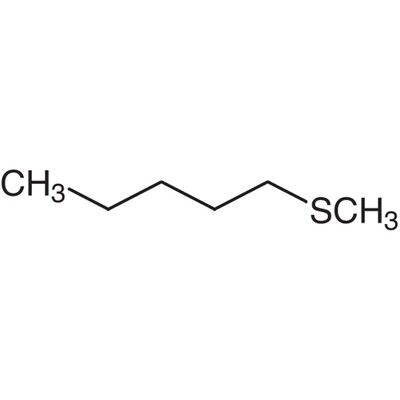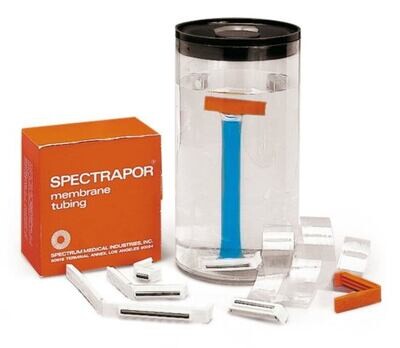Ruthenium(III) chloride solution 25 g
SKU 006785-2
€ 504,90
In stock
1
Save this product for later
Ruthenium(III) chloride solution 25 g
Product Details
CAS number: 10049-08-8
Cation: Ru
Packaging: 25 g
EAN: 8721028246790
Brand: Laboratoriumdiscounter
Ruthenium(III) chloride solution is a rare and valuable chemical compound used in various industrial applications. With its unique properties, this solution offers exceptional catalytic capabilities and is widely utilized in organic synthesis and electroplating processes. Its high purity and stability make it an ideal choice for researchers and manufacturers seeking reliable and efficient solutions for their specific needs. Discover the potential of Ruthenium(III) chloride solution and unlock new possibilities in your industry.
When working with Ruthenium(III) chloride solution, it is important to follow proper safety precautions to ensure your well-being and minimize any potential risks. Here are some short safety instructions to consider: 1. Personal Protective Equipment (PPE): Always wear appropriate PPE, including gloves, safety goggles, and a lab coat or protective clothing, to protect your skin, eyes, and clothing from potential contact with the solution. 2. Ventilation: Work in a well-ventilated area or under a fume hood to prevent the inhalation of any fumes or vapors that may be released during handling or preparation of the solution. 3. Handling: Handle the solution with care, avoiding any spills or splashes. Use a pipette or other appropriate tools to transfer the solution, ensuring it does not come into direct contact with your skin. 4. Storage: Store the Ruthenium(III) chloride solution in a properly labeled, tightly sealed container in a designated area. Keep it away from incompatible materials and sources of heat or ignition. 5. Chemical Compatibility: Be aware of the chemical compatibility of Ruthenium(III) chloride solution with other substances. Avoid mixing it with incompatible materials, as it may lead to hazardous reactions or release of toxic gases. 6. Emergency Preparedness: Familiarize yourself with the location and proper use of safety equipment, such as eyewash stations, safety showers, fire extinguishers, and spill kits. In case of accidental exposure or spillage, know the appropriate steps to take for decontamination and seek medical attention if necessary. 7. Waste Disposal: Dispose of any waste or unused solution according to local regulations and guidelines. Do not pour it down the drain or dispose of it in regular trash bins. 8. Knowledge and Training: Ensure that you have received proper training and have a good understanding of the properties, hazards, and safe handling procedures associated with Ruthenium(III) chloride solution before working with it. Remember, these instructions are only a general guide, and it is essential to consult the specific safety data sheet (SDS) and follow the instructions provided by the manufacturer for the particular Ruthenium(III) chloride solution you are using.
Please note, not all safety data for this product is available on our website, for a complete list of P en H sentences and other safety instructions please request the MSDS at our customer service
You May Also Like

3-(4-FLUORO-BENZYL)-BENZOIC ACID, 95.0%, 250mg
3-(4-FLUORO-BENZYL)-BENZOIC ACID, 95.0%, 250mg
SKU F469545-250MG
€ 404,80

3-Fluoro-4-nitropyridine, 95.0%, 100mg
3-Fluoro-4-nitropyridine, 95.0%, 100mg
SKU F043415-100MG
€ 71,50

Methyl 4-bromo-3,5-difluorobenzoate, 98%, 100mg
Methyl 4-bromo-3,5-difluorobenzoate, 98%, 100mg
SKU F785559-100MG
€ 57,20
Display prices in:EUR



![5,6,7,8-Tetrahydroimidazo[1,2-a]pyridine-3-carboxylic acid, 98%, 10g 5,6,7,8-Tetrahydroimidazo[1,2-a]pyridine-3-carboxylic acid, 98%, 10g](https://d2j6dbq0eux0bg.cloudfront.net/images/88473019/4864037255.png)





![6-Bromobenzo[d]isothiazol-3(2H)-one 1,1-dioxide, 99.0%, 10g 6-Bromobenzo[d]isothiazol-3(2H)-one 1,1-dioxide, 99.0%, 10g](https://d2j6dbq0eux0bg.cloudfront.net/images/88473019/4868269738.png)
